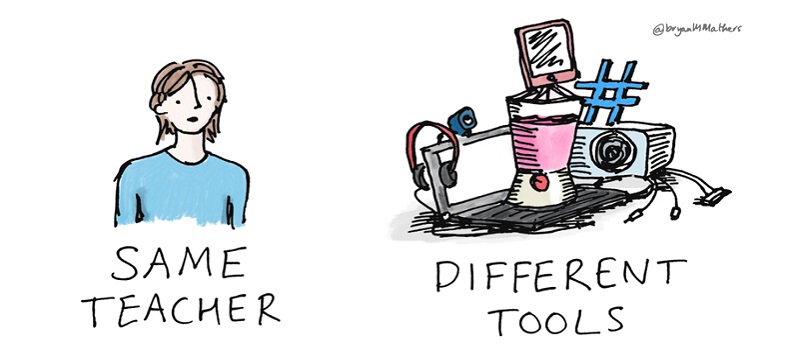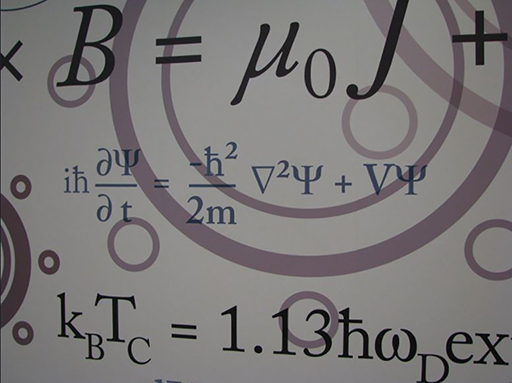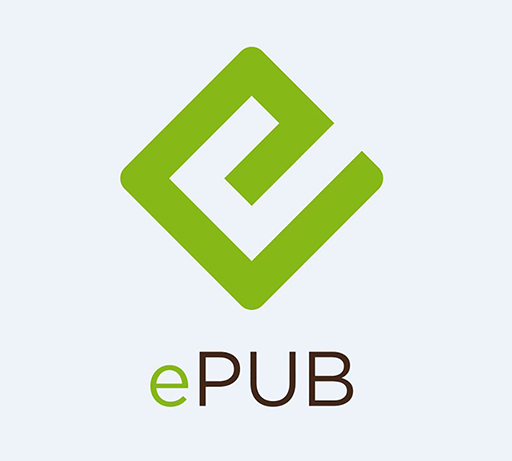4 Alternative formats
As you have already seen in this week, some students might have difficulties with any type of media used in online learning materials. If content can be provided in a variety of alternative formats, students will not have to do their own work to transform this into something suitable for themselves before they can engage with their learning.
For printed materials or inaccessible text formats, some work may be needed to create an alternative resource. This might be, for example, if the text is actually an image such as a photograph or scan – to check this, try ‘highlighting’ or ‘selecting’ the text. If it is not possible, the text is probably an image. It may be possible to use Optical Character Recognition (OCR) software to automatically turn text in an image into a more usable format. Always check the results of any OCR conversion for accuracy. In some cases where the text is not clear (such as with handwriting), it can be more efficient to type in the text rather than use OCR. Headings and other useful styles may also need to be added manually.
If there are images or diagrams in the original resource, someone with some understanding of the subject can determine which of these need describing and can provide the descriptions. In the case of complex images, it may be necessary to produce a tactile diagram for blind students. Tactile diagrams require technical skills and some specialist knowledge. See the video ‘How to make a tactile diagram’ (Art Beyond Sight, 2009), which provides an overview of the requirements and production of this alternative format.
In some subjects, such as mathematics, music and chemistry, there are substantial difficulties in providing an accessible format that includes the symbolic notation. Most of the guidelines for accessibility skip over this, or assume that the amount of notation is small and can be dealt with by supplying descriptions. In fact, communicating these kinds of complex notations to people without vision is a highly specialised area and beyond the scope of this course.
Some online materials are offered in e-book formats such as EPUB and MOBI (for Kindle). These formats are not aimed specifically at disabled learners, but have included accessibility considerations where appropriate, so may be beneficial to some disabled students who choose to use e-book readers.
Human voice recordings of text are often preferred by learners to the kind of computer-generated speech produced by screen reader software. Computer-generated voices may also have difficulty in reading out complex notations correctly. This includes subjects such as mathematics, music and chemistry, as well as those with a high number of technical terms. Recordings may be delivered in a variety of formats but MP3 is likely to be the most satisfactory to obtain a balance of sound quality with a manageable file size. If you do not have time to make the recordings yourself, or if you do not wish to do so, there are tools available that will convert a text document into a computerised spoken-word audio file. The free web resource Robobraille will permit you to upload a text document and have it converted into a computerised voice recording, or an e-book. (At present this service does not offer any of the main Myanmar languages unfortunately).
For audio, a transcript is the standard alternative format, and these can be beneficial to all learners, not only those who are deaf or hard of hearing. It is, however, very difficult to follow a visual medium like video and attend to a transcript at the same time. It is not the same task for a deaf person as it is for a hearing person who can at least listen and read at the same time. Students often need to make notes while watching a video, which increases the difficulty. So be aware that this alternative may not provide equity of experience for the learners.
Activity 3 Accessibility in your online teaching
You have already made notes in previous activities on what you want to achieve in online teaching. Now consider accessibility – what will you need to do with your existing materials (or reused OERs if you choose to use them), in order to deliver optimally accessible teaching online?
Make a list of six initial steps you could take fairly easily (for example ‘review my PowerPoints for added text boxes and explanation of images’, or ‘check colour contrast in reused OERs’).
Again, keep your answers in a safe place, as you will revisit them.
Discussion
This activity is designed to help you to think about the needs of your audience, and how your learning objects or online teaching materials might work for them. Accessibility should not be viewed as an additional burden for the teacher, but as an element of quality control, ensuring your online teaching is fit for purpose, by not excluding learners with particular impairments.
3 Checking the accessibility of materials


